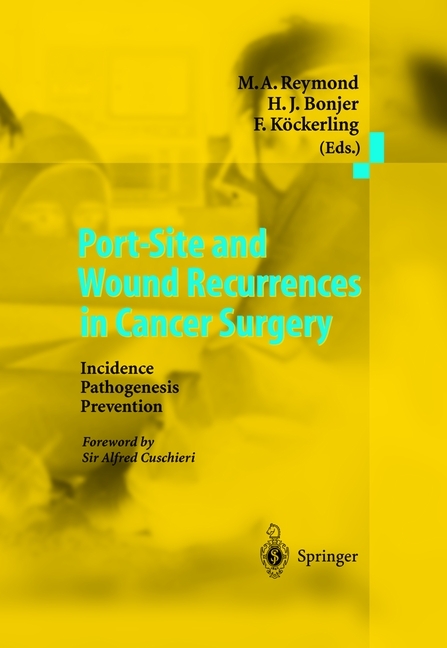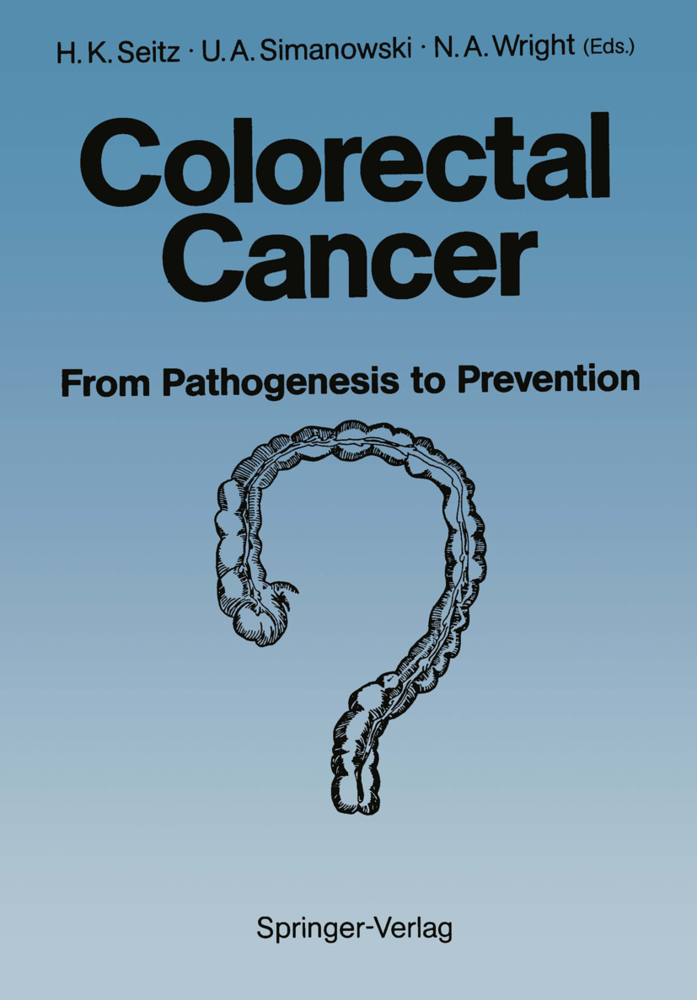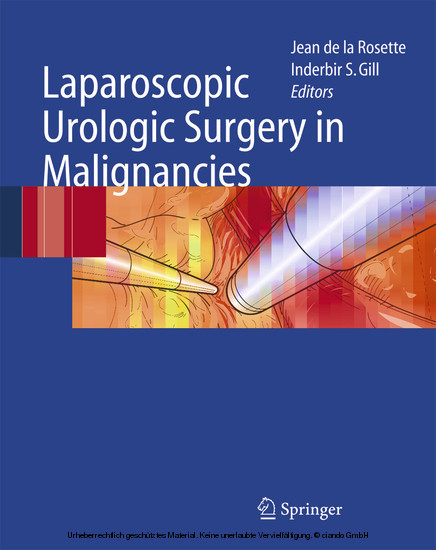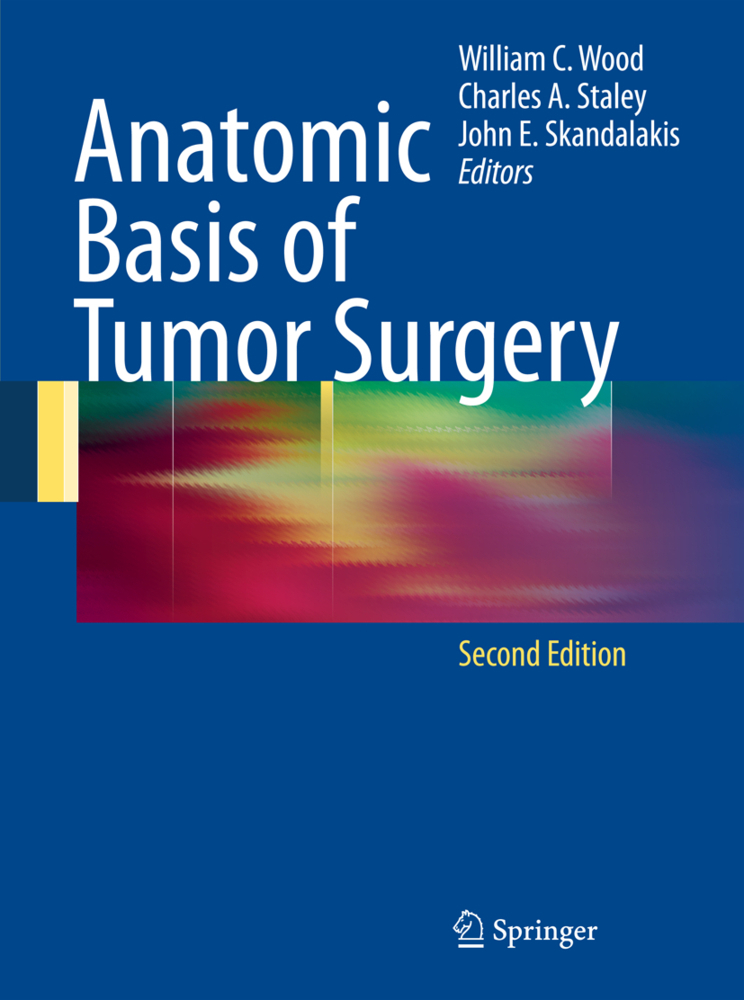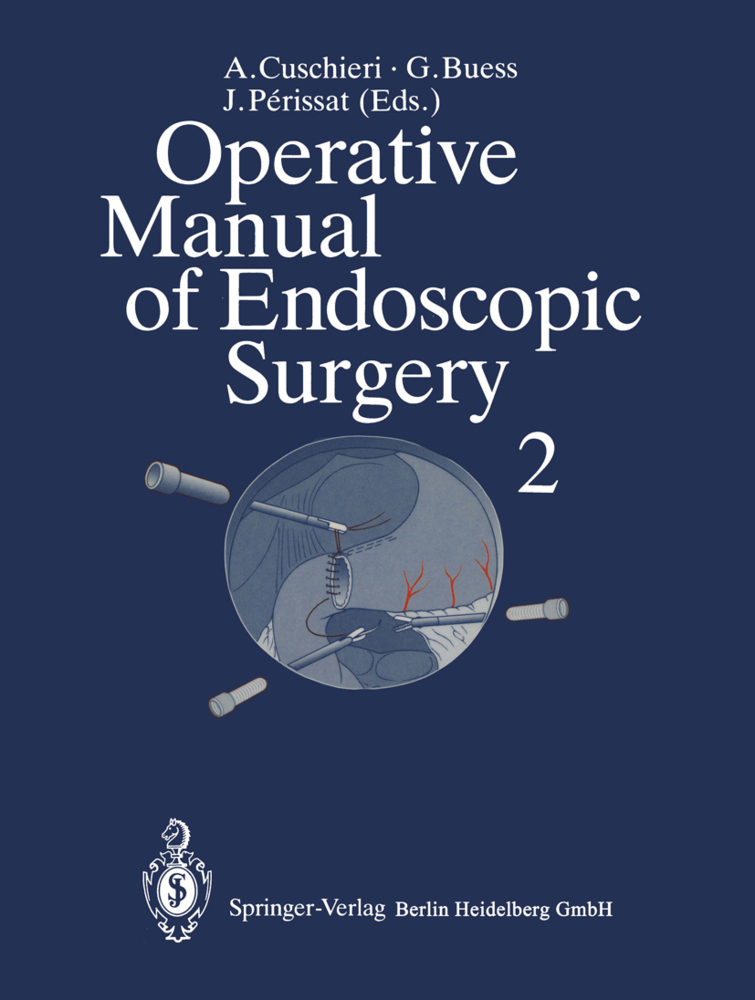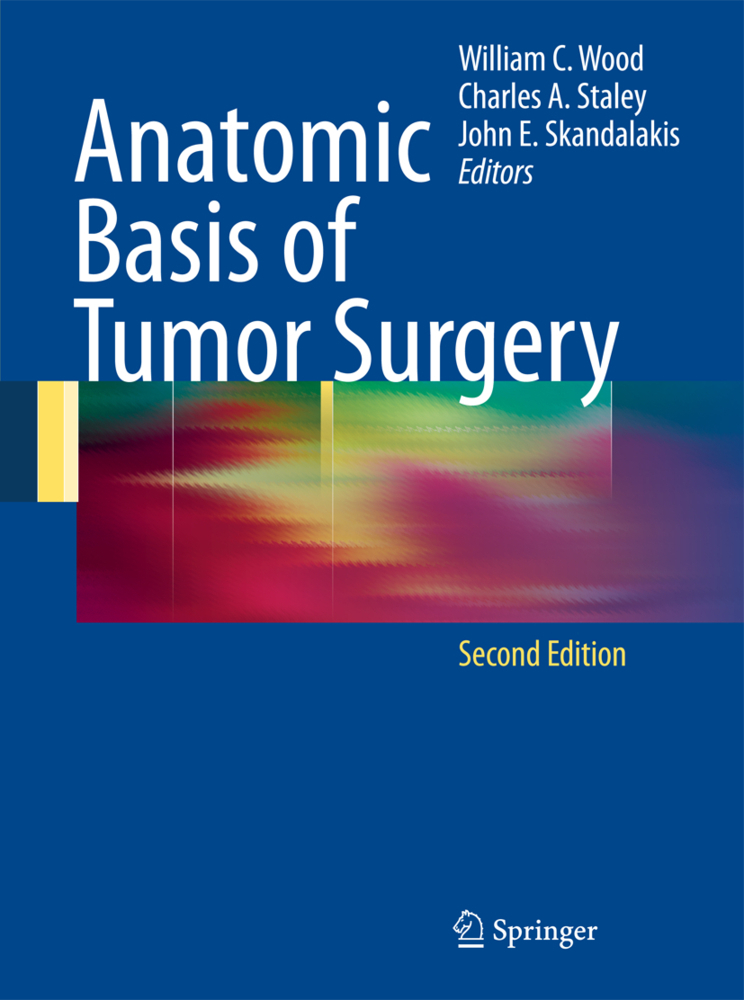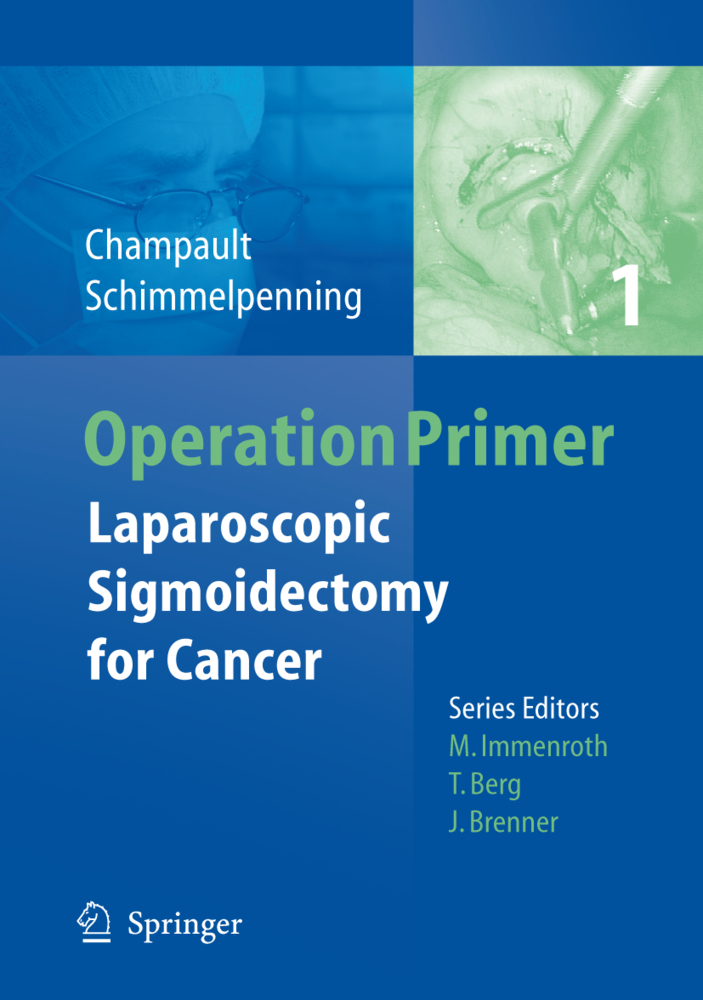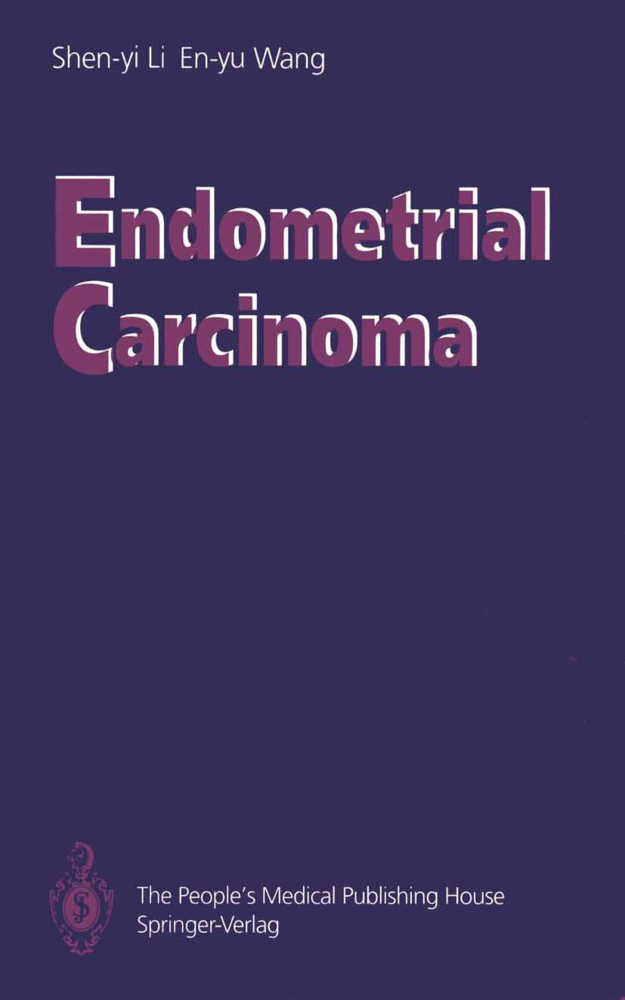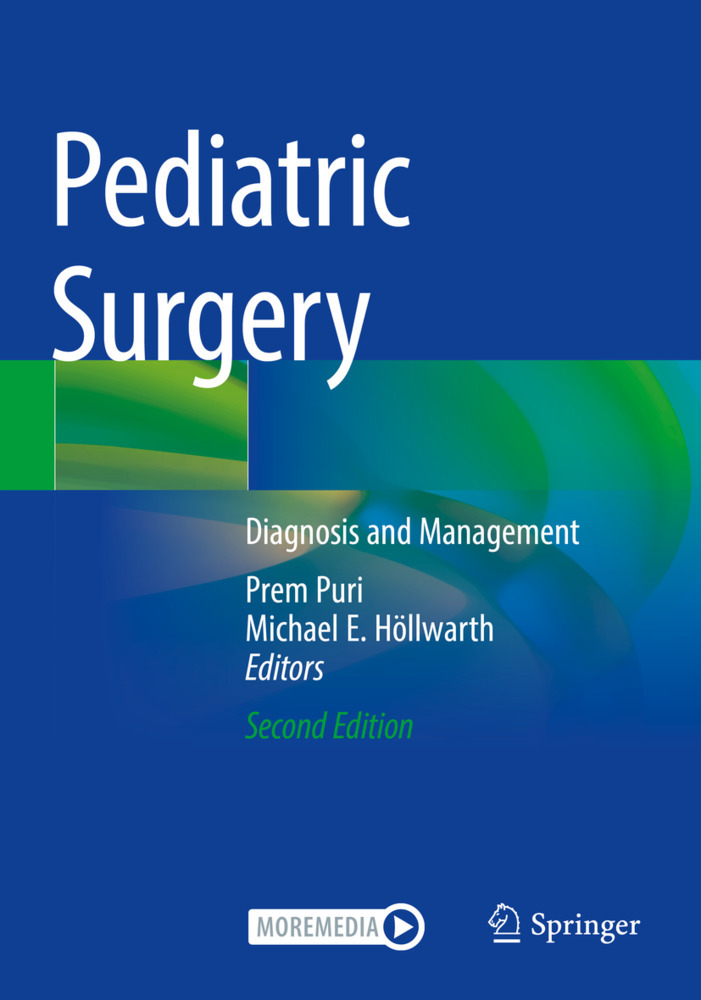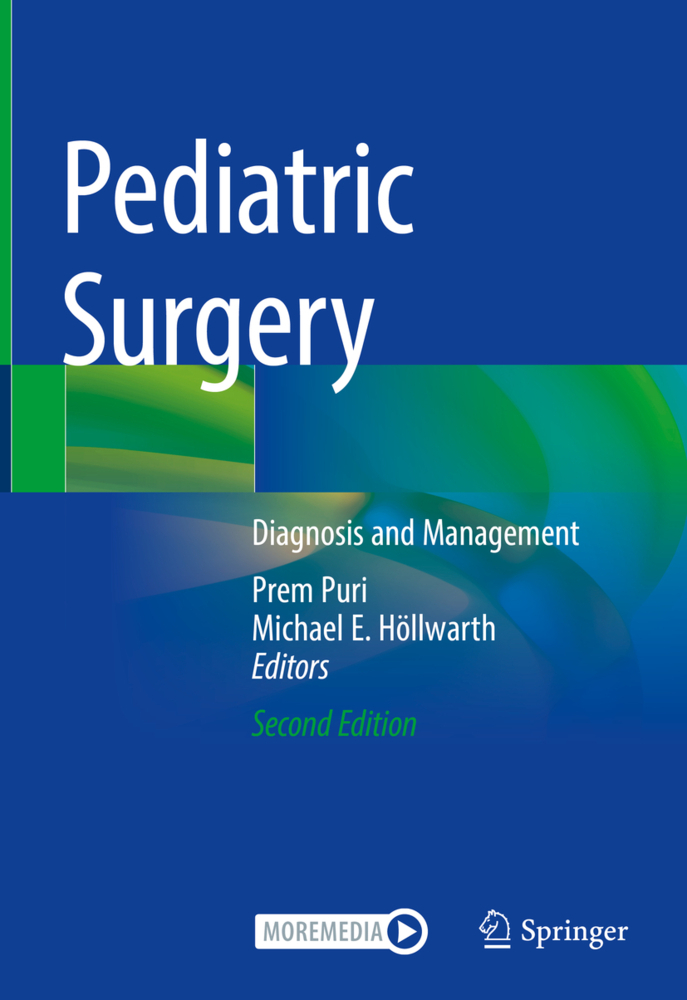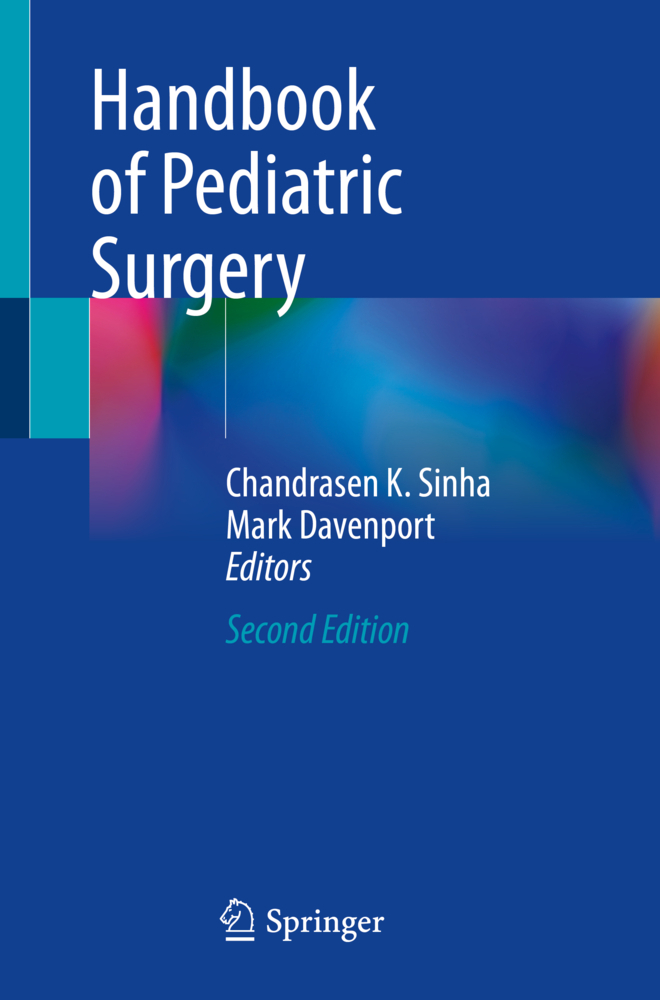Port-Site and Wound Recurrences in Cancer Surgery
Incidence - Pathogenesis - Prevention
Port-Site and Wound Recurrences in Cancer Surgery
Incidence - Pathogenesis - Prevention
During the past 9 years, reports of 'port-site' deposits following laparoscopic surgery for malignancy, especially laparoscopic resection of colonic cancer, have cast a shadow on the wisdom of the laparoscopic approach in the surgical man agement in patients with cancer. Those reports of port-site deposits, some 90 cases reported in the literature up to 1999, have opened a 'can of worms' and highlighted the scarcity of our knowledge on cancer cell migration from solid tu mors and the factors that underlie their successful implantation in surgical wounds both in the presence and absence of a positive pressure pneumoperito neum. The jury is out even in relation to the effect of the healing surgical access wound - do the biochemical and cellular repair processes and the associated growth factors enhance or prevent implantation of exfoliated viable tumor cells? Whatever the answer to this question, it is clear that tumor cells do implant in healing surgical wounds and the key question is whether this is facilitated by lap aroscopic surgery with CO pneumoperitoneum compared to the traditional 2 surgical exposure. It is known that tumors shed malignant cells into the blood stream, the peritoneal cavity and in the case of hollow organs, intraluminally. Equally there is good evidence that surgical and instrumental manipulation of tumors induce exfoliation of viable tumor cells.
3 Abdominal Wall Recurrences in Open Surgery
4 Port-Site Recurrences in Laparoscopic Surgery
5 Port-Site Recurrences in Thoracoscopic Surgery
6 Port Site Recurrences in Colon and Rectal Cancers: Randomized Studies
7 Pathogenesis: Tumor Cell Lines and Application in Experimental Animal Studies
8 Pathogenesis: Transportation of Tumor Cells in Animal Studies
9 Pathogenesis: Local Effects in the Wound in Animal Studies
10 Pathogenesis: Immunological Aspects of Animal Studies
11 Pathogenesis: Free Viable Cancer Cells and Cancer Cell Liberation in Clinical Studies
12 Pathogenesis: Transportation of Tumor Cells in Clinical Studies
13 Pathogenesis: Immunological Aspects of Clinical Studies
14 Mechanical Means For Prevention of Trocar Site Cancer Implantation
15 Prevention of Port-Site Recurrences: Chemical Measures
16 Prevention of Port-Site Recurrences: Gasless Laparoscopy and Other Gases
17 Prevention of Port-Site Recurrences: Role of Therapeutic Pneumoperitoneum
18 Treatment of Port-Site Recurrences
19 Illustrated Practical Notes for the Surgeon
20 Conclusions and Perspectives.
1 Definition of Port-Site and Wound Recurrences in Cancer Surgery
2 A Case Report3 Abdominal Wall Recurrences in Open Surgery
4 Port-Site Recurrences in Laparoscopic Surgery
5 Port-Site Recurrences in Thoracoscopic Surgery
6 Port Site Recurrences in Colon and Rectal Cancers: Randomized Studies
7 Pathogenesis: Tumor Cell Lines and Application in Experimental Animal Studies
8 Pathogenesis: Transportation of Tumor Cells in Animal Studies
9 Pathogenesis: Local Effects in the Wound in Animal Studies
10 Pathogenesis: Immunological Aspects of Animal Studies
11 Pathogenesis: Free Viable Cancer Cells and Cancer Cell Liberation in Clinical Studies
12 Pathogenesis: Transportation of Tumor Cells in Clinical Studies
13 Pathogenesis: Immunological Aspects of Clinical Studies
14 Mechanical Means For Prevention of Trocar Site Cancer Implantation
15 Prevention of Port-Site Recurrences: Chemical Measures
16 Prevention of Port-Site Recurrences: Gasless Laparoscopy and Other Gases
17 Prevention of Port-Site Recurrences: Role of Therapeutic Pneumoperitoneum
18 Treatment of Port-Site Recurrences
19 Illustrated Practical Notes for the Surgeon
20 Conclusions and Perspectives.
Reymond, M.A.
Bonjer, H.J.
Köckerling, F.
Cuschieri, Sir Alfred
| ISBN | 978-3-642-63117-7 |
|---|---|
| Artikelnummer | 9783642631177 |
| Medientyp | Buch |
| Auflage | Softcover reprint of the original 1st ed. 2000 |
| Copyrightjahr | 2012 |
| Verlag | Springer, Berlin |
| Umfang | XV, 136 Seiten |
| Abbildungen | XV, 136 p. 14 illus. |
| Sprache | Englisch |

